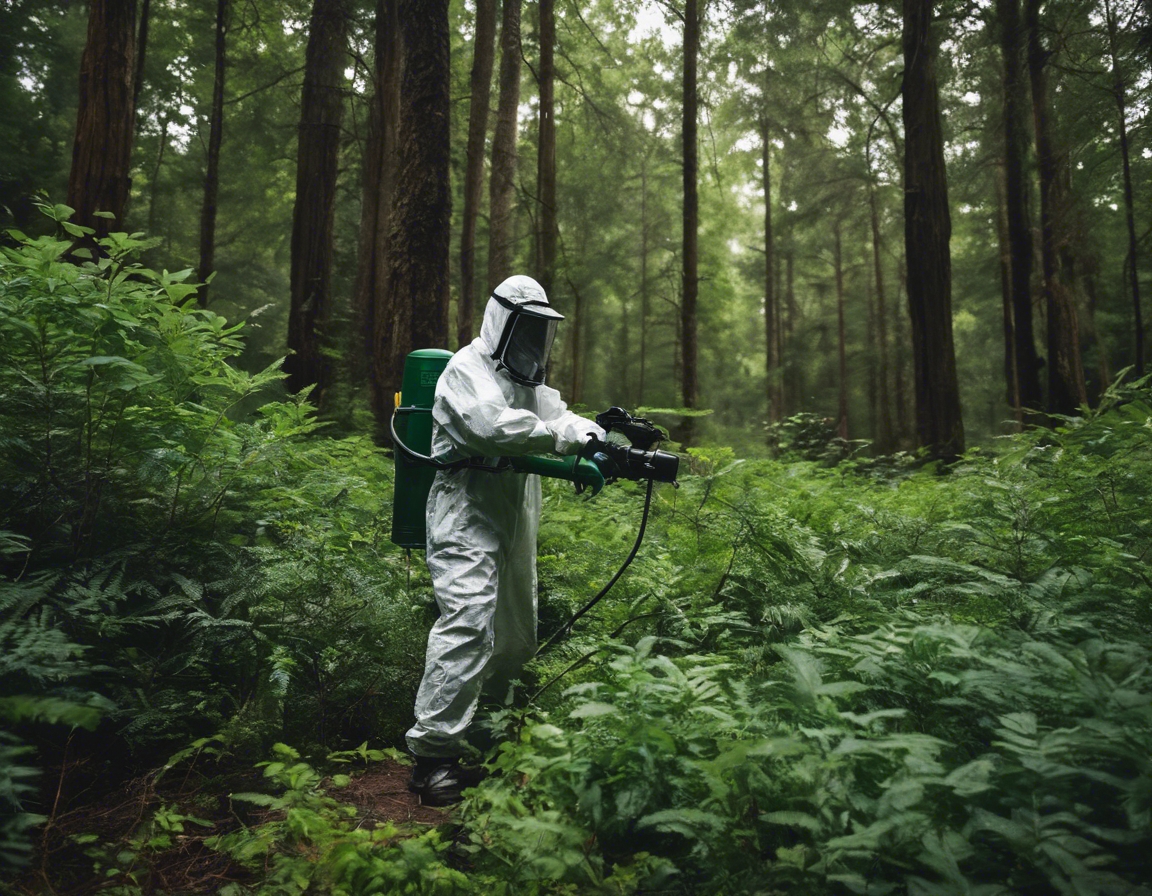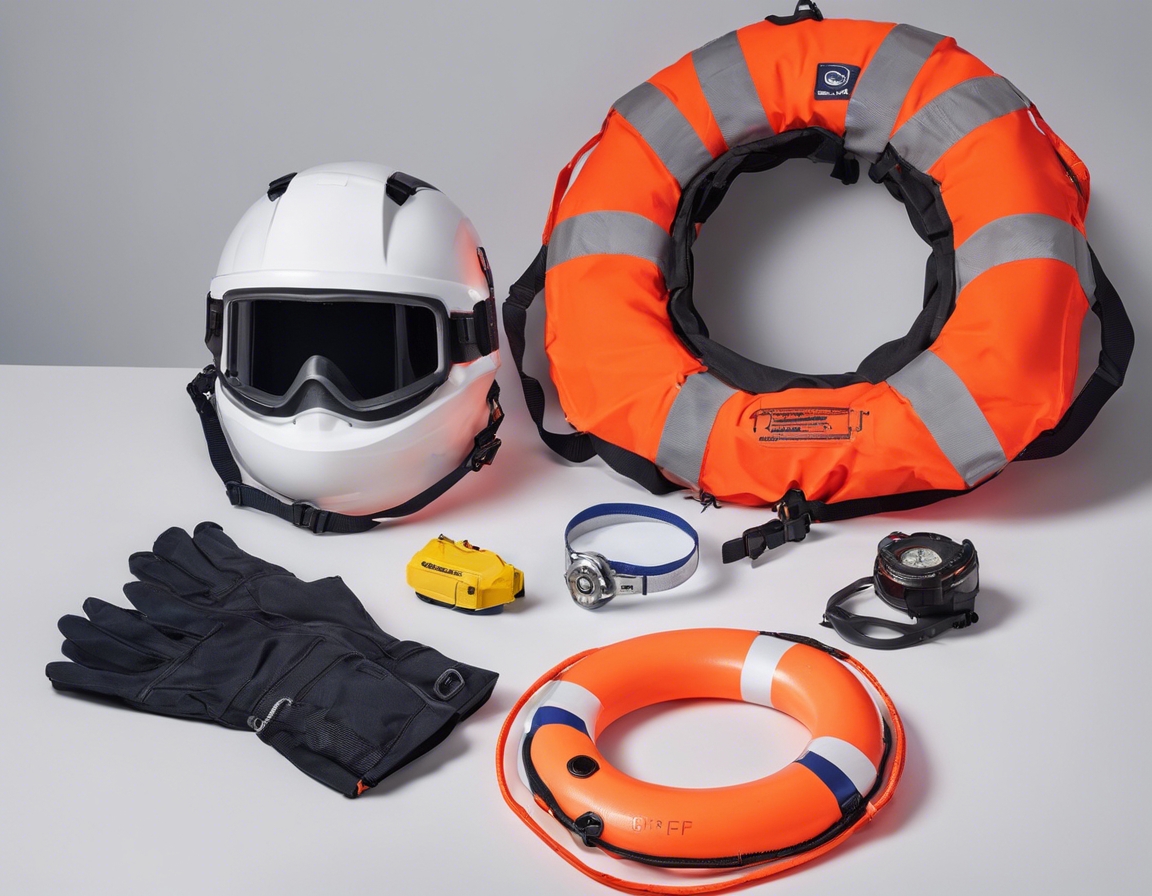Challenges and solutions in offshore environmental work
The offshore environment presents a unique set of ecological characteristics that are vastly different from terrestrial ecosystems. Factors such as ocean currents, salinity, and marine biodiversity create a complex habitat that requires specialized attention and care.
Environmental work in offshore settings is crucial for the protection of marine ecosystems, ensuring the sustainability of resources, and mitigating the impact of human activities such as drilling, construction, and shipping.
Key Challenges in Offshore Environmental Work
Offshore workers often face harsh weather conditions that can hinder operations and pose safety risks. Accessibility to remote offshore sites also presents significant challenges, impacting the timely execution of environmental projects.
Offshore environments are home to sensitive habitats and species. Protecting biodiversity while conducting offshore operations requires careful planning and the implementation of best practices to minimize ecological disturbance.
Adhering to environmental regulations and conducting thorough monitoring are essential for legal compliance and the prevention of ecological damage. This involves understanding complex legal frameworks and maintaining a high level of vigilance.
Managing logistics and resources in an offshore setting is a daunting task. Ensuring that the necessary equipment and personnel are in the right place at the right time is critical for the success of environmental projects.
Collecting accurate data in offshore environments can be challenging due to technological limitations. Reliable data is essential for informed decision-making and the assessment of environmental impact.
Innovative Solutions to Offshore Environmental Challenges
Emerging technologies such as remote sensing, drones, and autonomous underwater vehicles are revolutionizing the way environmental data is collected and analyzed in offshore settings.
Developing robust equipment and infrastructure that can withstand extreme weather and sea conditions is key to maintaining operational efficiency and safety.
Conducting comprehensive environmental impact assessments and strategic planning can help mitigate risks and ensure that offshore projects are carried out responsibly.
Engaging with stakeholders, including local communities, governments, and environmental organizations, is vital for the successful management of offshore environmental work.
Investing in the training and development of a skilled workforce is essential for the effective implementation of environmental strategies and the adoption of new technologies.






Comments (0)